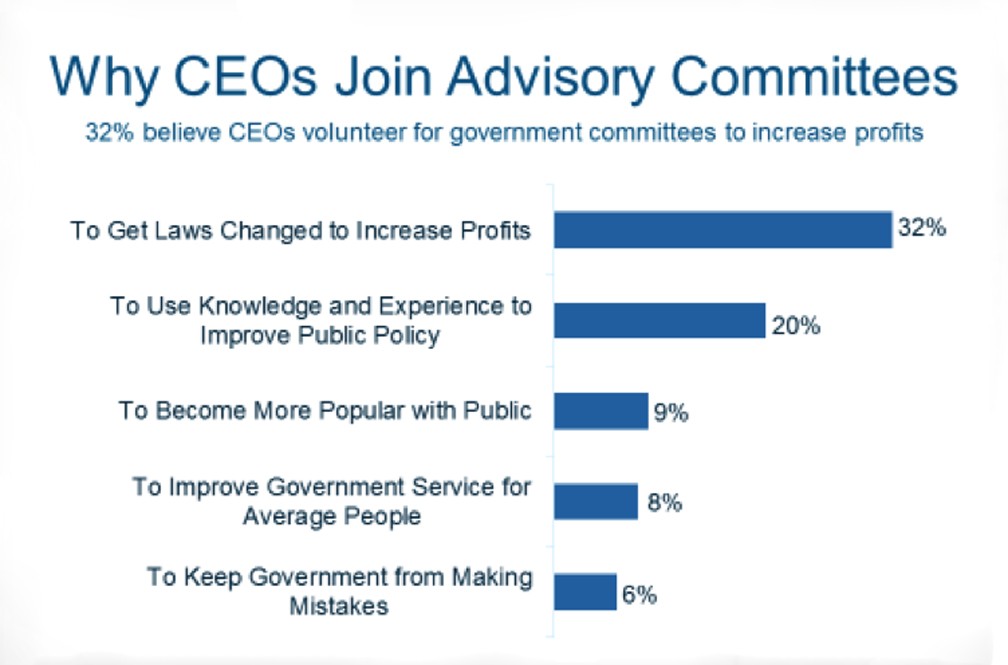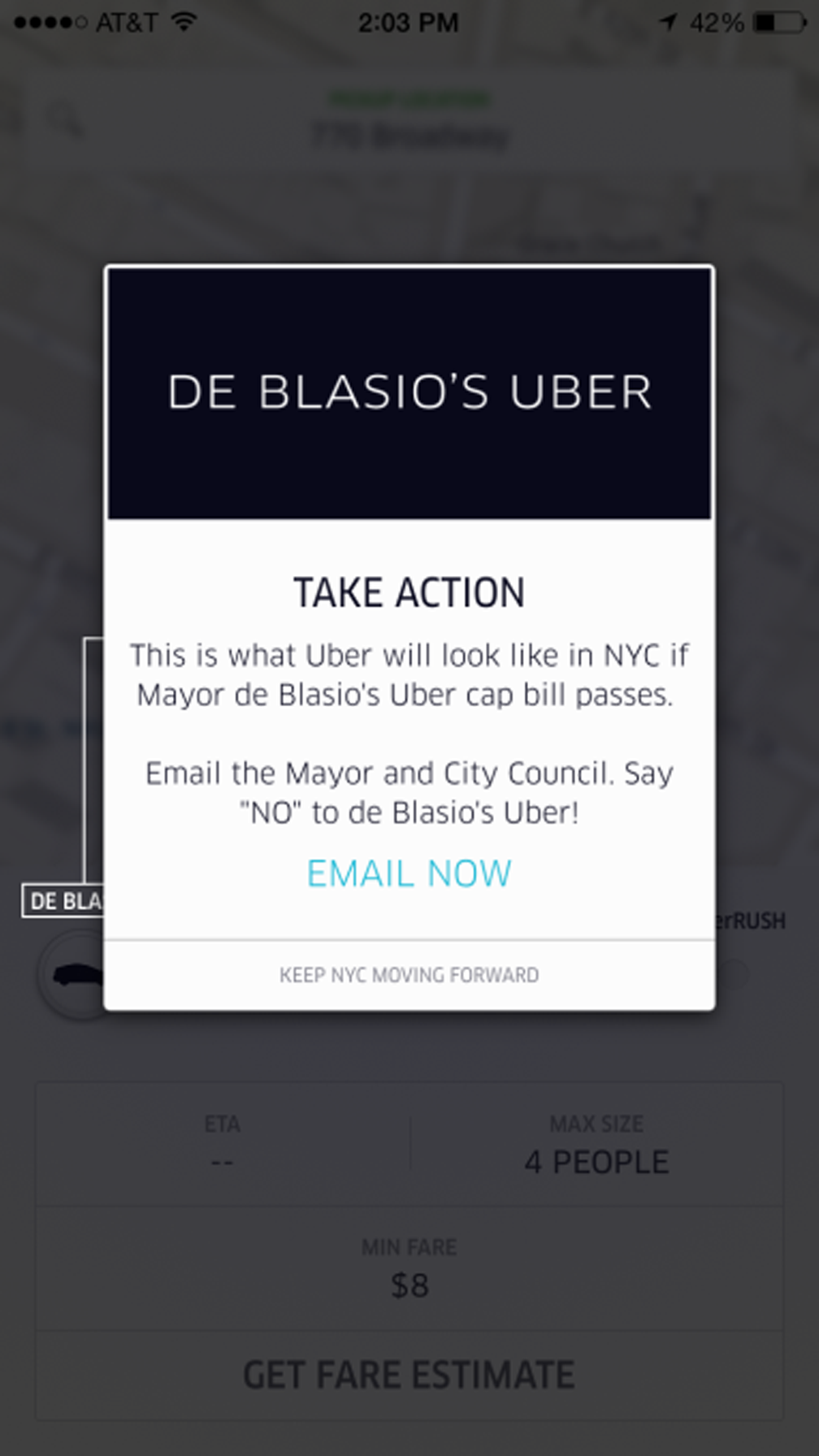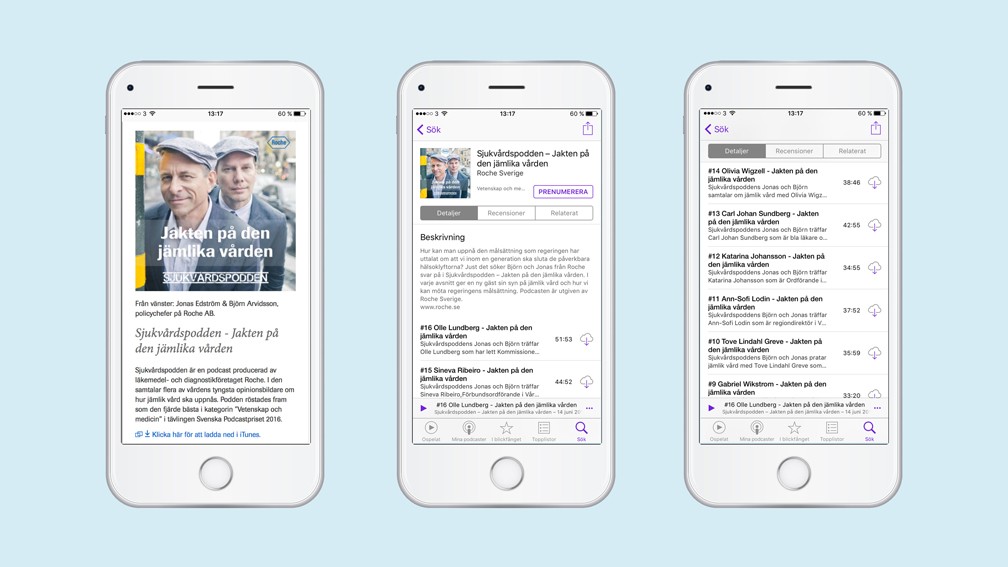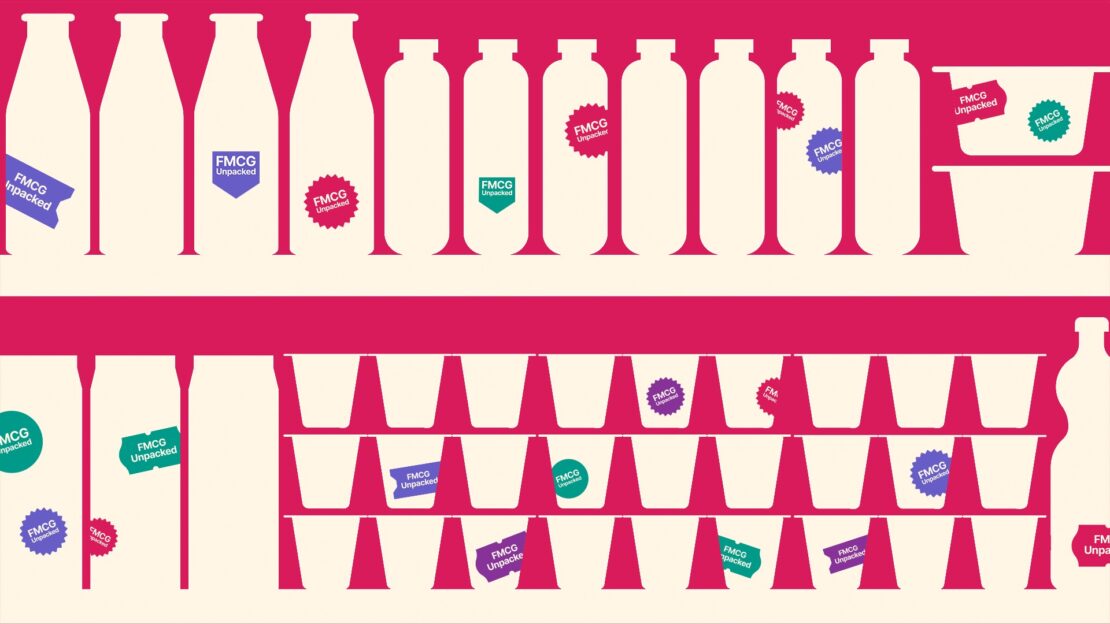How digitalization is shaping political advocacy
October 6th, 2023
Christina Trapl, Consultant and Public Affairs expert at Grayling Austria, explores the toolkit of modern Public Affairs practitioners from a marketer’s perspective and shares examples of political advocacy in the digital age.
“Obscure, discreet, non-public” – words that, for a long time, would have served well to describe political advocacy at its core. It’s no wonder that most individuals, when confronted with Public Affairs, usually have a low opinion of the practices that stereotypically come with it. Common communication techniques for Public Affairs are only further grist to the mill for critics: Lobbying talks, joining government committees, handshake deals or coalition building behind closed doors are daily practice to involve organizations in the public decision-making process. This bad perception – and in some cases reality – persists despite tighter regulation on lobbying speech. In Austria, for instance, lobbying became explicit to public officials and politicians only under the lobbying register that went into effect January 1, 2013. But digitalization is about to change the face of Public Affairs as well. Transparency is increasingly becoming part of a Public Affairs professionals’ toolkit. Let’s take a closer look at some recent examples.

Source: The US Public Affairs Pulse survey 2017 (conducted by polling firm Morning Consult) measured the public opinion on the relation between communications and government relations.
Disrupting traditional political advocacy
In recent years, digitalization has contributed to and become part of opening up decision making as political stakeholders show great interest in digital media. Today, almost every political candidate has social media profiles aiming to gain trust among voters. In 2015, alone, 663 of all 751 Members of the European Parliament were active on Facebook, while 572 were on Twitter (http://www.epdigitaltrends.eu/). For many professionals, using digital media in Public Affairs has therefore become an essential touchpoint to reach out to elected officials. Especially grassroot campaigning, empowering the public to take part in decision-making, has become a prominent tool for political advocacy That enables Public Affairs managers to test, multiply and measure their message within a group of constituents.
A great example of how companies can use digital platforms for grassroot lobbying is Uber. The company that upended the traditional business of taxis faces a range of legislative challenges to their business model, such as tax issues in numerous countries. Uber decided to expand their set of lobbying instruments, such as their 121 meetings with policymakers, with online tools: They have remarkable success in mobilizing customers to lobby for them in the United States (Uber, Lyft, Airbnb harness users to lobby lawmakers for them). By implementing a new button into the mobile application, drivers were invited to contact the Mayor and City Council to add their name to a list of people upset by the proposal to harm Uber’s business.

Using digital channels, Uber was turning its drivers into lobbyists. In this sense, disruptive thinking was a driving force for the company, both in their business ideology as well as in their lobbying tactics.
Digital political advocacy as a boost to transparency
Social networks could also have great potential to close the information gap between individual citizens, organizations, and even for-profit companies. By using new technology, texting and social media (the list could go on) many companies managed to make political advocacy more legitimate in the eye of the public and also increase the impact to target legislators.
Grayling’s affiliate partner in Sweden, Narva, is a great example for demonstrating how digital channels can lead to success in Public Affairs. With their in 2017 award winning Digital Public Affairs campaign for the international pharmaceutical company Roche, Narva shed light on the issue of inequality in health care systems – a topic that is high on the government’s agenda. The Swedish Health and Care Act deals with gender equality, but in reality, the equitable distribution of care depends on factors such as gender, place of residence and socioeconomic affiliation. The elimination of these and other factors is a major goal of the government.

Source: https://narva.se/en/case-studies/roche/
Narva therefore developed an innovative concept incorporating trust and transparency as fundamental elements: creating a podcast with people in positions of power. “The Healthcare Pod – the Hunt for Equal Care” was launched in autumn 2016. In a series of personal conversations, two policy managers – Björn Arvidsson and Jonas Edström – discussed challenges and solutions together with eight of Sweden’s most important opinion formers in the healthcare sector. The Podcast came in fourth place in its category when the Swedish Podcast Awards were presented in 2016. Narva’s innovative approach emphasizes that digital channels could also make the relationship between regulators, brands and the public much less hierarchical than it used to be.
How data can drive Public Affairs
Data analytics is an important factor in executing a successful digital advocacy campaign. A data-driven approach can be very useful to gaining Public Affairs intelligence; whether it is to predict a legislator’s vote on a certain issue, or shift the public perception on a legislative proposal.
Knowing how to interpret and use data by influencing, for instance, Google search results can be a potential game changer in issues management strategies of Public affairs professionals. Google, in particular, is extremely powerful; as it’s hugely popular amongst the public (with 5.5 billion Google searches every day) and legislators, with Members of the European Parliament sourcing information primarily from search engines in comparison with social media or newspapers – meaning the search results these people see are hugely influential.
That’s why Grayling built a proprietary piece of technology: GCore, to measure perceptions and identify key stakeholders through Google – across any issue – and prescribe how an organization can influence these search results to better reflect their stance. This puts the organization on the front foot when dealing with regulation affecting their business.
Digital Public Affairs: more than a buzzword?
Despite ubiquitous digital tools and growing technological capabilities, the full range of benefits that come with actually using and implementing Digital Public Affairs strategy is still widely missing. At least in Austria, approaching legislators directly seems to remain to be the favorable form of communication for Public Affairs managers. According to the latest survey of the Austrian Public Affairs Association, around 90 % of Austrian Public Affairs managers approach lawmakers face-to-face or via emails; however, only 8 to 15 % use Social Media. This contradicts the realities in almost every other communication sector: Whether in marketing, the ICT sector or even in politics itself – digital channels complement or even substitute conventional forms of communication. In a time when Public Affairs professionals are striving to make an impact, Digital Public Affairs has to overcome its reputation for being a buzzword and adapt in order to become the remedy.
Public Relations and Public Affairs: Learning from one another
Even though businesses like Uber are great examples showing how to empower users as ambassadors of political messaging, marketing and political advocacy are often difficult to reconcile. Where marketers have a deep understanding of consumers and know how to mobilize communities, Public Affairs managers often specialize in influencing people in positions of power and are uniquely placed to relate internal future business strategies to potential changes in the company’s political landscape. If marketers could learn how to best take into account political or societal expectations, public affairs could learn from marketers how to incite better advocacy by activating consumers as lobbyists to reinforce their message. The role of an advertising professional should not just be perceived as an instrument for brand reputation but also to inform the brand as to the concerns of the general public as well. It is important that these two disciplines be integrated and that it is understood how very efficiently they complement one another.
With this in mind, it is also important to emphasize how essential having a public purpose is when it comes to engaging in a more innovative approach to Digital Public Affairs. This may well require a change in mindsets –, both marketers and as well as public affairs consultants.


